APNIC conference attendee guide
Welcome and overview
This guide is designed to help you navigate your APNIC conference experience with confidence. From registration to post-event engagement, we’ll walk you through what to expect and how to make the most of your experience.
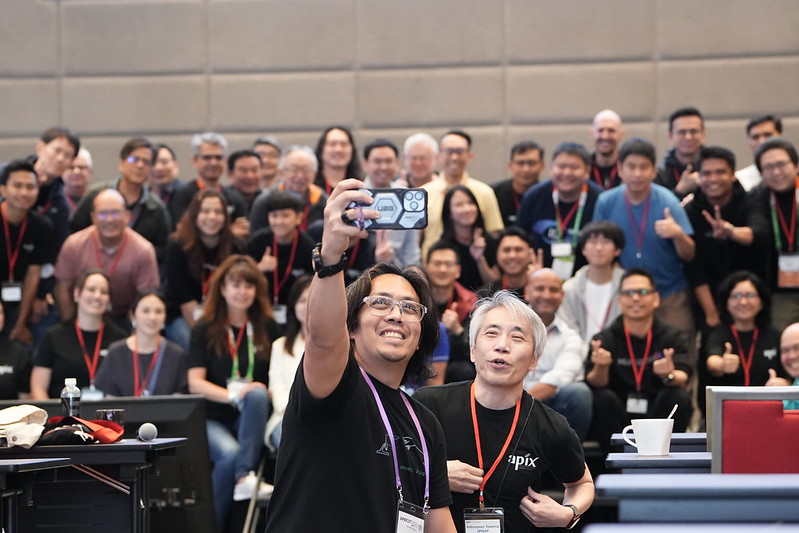
APNIC and APRICOT conferences are held twice each year. The APRICOT conference takes place in the first half of the year and is co-organised by APNIC and the Asia Pacific Network Operators Group (APNOG). The APNIC standalone conference is held in the second half of the year.
These events are a mix of technical learning, policy development, and community collaboration, held in-person with an online component. They typically include:
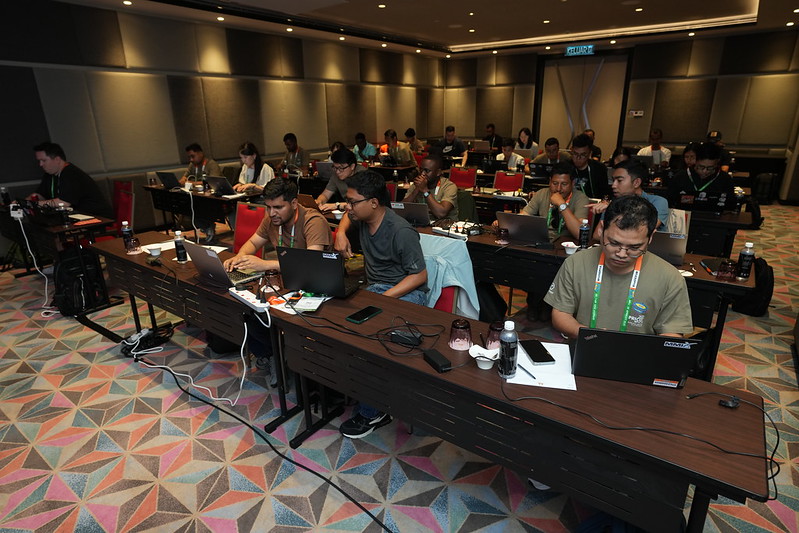
- Workshops: Hands-on training sessions led by APNIC Academy instructors and regional experts.
- Partner & Invite-Only Meetings: Coordination sessions among Asia Pacific Internet organizations, supporting regional development and collaboration.
- Main conference: The heart of the event, featuring:
- Keynote presentations from global and regional leaders.
- Technical sessions on emerging technologies and operational practices.
- Special Interest Group (SIG) meetings focused on Internet governance, routing security and policy development.
- Each SIG meets during the conference to discuss current issues, share updates, and invite community input. You don’t need to be an APNIC Member to attend or speak — all participants are welcome to contribute.
- Open Policy Meeting (OPM) where attendees help shape Internet number resource policies. The OPM is held in the Policy SIG.
- The OPM is a key part of APNIC’s Policy Development Process (PDP), where attendees help shape policies for Internet number resources. You may find it valuable to familiarize yourself with the PDP.
- Policy proposals are published ahead of the conference, so that you can review the proposed policy changes before the conference. If you want to join the discussion you can subscribe to the policy SIG mailing list and participate.
- Birds-of-a-Feather (BoF): Birds of a Feather meetings (BOFs) are informal meetings that are convened for a variety of purposes such as exchanging information and discussing new ideas or particular issues.
- Community elections for the Number Resource Organization Number Council (NRO NC), SIG Chair and Co-Chairs, IANA Numbering Services Review Committee (IANA RC) representative, APNIC Executive Council (EC) elections.
- Roles in each of these organizations have different term lengths and election cycles. Check the conference website to see what elections are happening at the conference you are attending.
- Social events that foster networking and community building.
- Member meetings: APNIC holds two Member meetings per year. The Annual General Meeting (AGM) is held at the APRICOT conference, and the Annual Members Meeting (AMM) is held at the APNIC standalone conferences.
Whether you’re attending in person or online, APNIC conferences are designed to be inclusive, collaborative, and impactful.
Preparing ahead of time will help you get the most out of your APNIC conference experience.
Registration and planning
APNIC Members receive one complimentary conference ticket per account to an APNIC standalone conference. Make sure to register early as APNIC conferences typically offer early-bird discounts.
Registration for the in-person format includes access to workshops, sessions, and social events. Online participation is free but still requires registration.

Familiarize yourself with the structure of the event — workshops, partner meetings, and the main conference — review the program and plan your attendance accordingly. Keep a look out for the “Newcomers Welcome” session especially, where you’ll get more specific tips and the opportunity to meet other first-timers and make new connections.
Workshops
APNIC Academy workshops are hands-on and led by experienced instructors. Workshops may require pre-installed software or basic networking knowledge. Check prerequisites and prepare accordingly. Seats are limited, so early registration is recommended.
Travel, accommodation, and visa planning
If attending in person, plan your travel well in advance. APNIC conferences are hosted in various locations across the Asia Pacific region.
Make sure to check the conference page for visa requirements – some attendees may need a visa to enter the host economy. All travellers are responsible for confirming the visa requirements that apply to their nationality and personal circumstances. APNIC does provide a conference letter of invitation.
Information on hotel and transportation options will be available on the conference website. APNIC often recommends accommodation near the conference venue. Booking early ensures better rates and proximity.
- Connectivity: Wi-Fi will be provided to conference participants. Also consider a local SIM card or check your roaming plan for mobile data access.
- Dress code: There is no official dress code at the conference, however this is a multicultural, professional conference. Social events may have a dress code. If so, it will be mentioned in the description of the event on the conference website.
Navigating the venue
When you arrive, start at the registration desk to check in, collect your badge, and pick up any conference materials. Staff and volunteers are available to help you get oriented.
Take a few minutes to locate key areas:
- Session rooms
- Restrooms
- Food service areas
- Prayer room
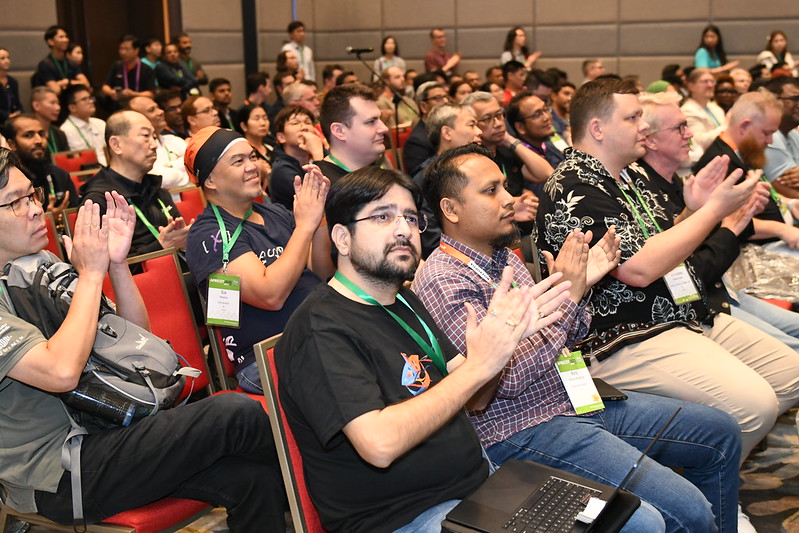
Maps and floorplans are typically available on the specific conference website, along with signage at the venue to help you navigate.
If you’re attending online, the conference platform will guide you through joining sessions, accessing materials, and participating in discussions.
Scheduling and sessions
A detailed program is published on the APNIC conference website ahead of each event. You can view it in either a schedule view (works well on both desktop and mobile, showing session times, titles, speakers, and more) or a calendar view (more compact layout showing just the basics), depending on your preference.
When planning your schedule, keep the following tips in mind:
- Timezone toggle: The schedule allows you to toggle between the local conference timezone and your browser’s timezone. Make sure you’re aware of which one you’re viewing to avoid confusion, especially if attending online.
- Build your personal agenda: There are three ways you can do this:
- Manually add sessions to your calendar or planner.
- Download the iCal file to add all sessions to your calendar, and remove the ones you are not interested in. Note that your calendar will not be updated if there are changes to the sessions
- Subscribe to the iCal feed to keep your calendar in sync with any updates to the program
- Stay flexible: Your schedule doesn’t need to be rigid. It’s perfectly okay to change your mind once you’re there, skip a session to have a meaningful conversation, or take a break when needed.
The conference is designed as a place for the diverse Asia Pacific Internet community to discuss and share information and experiences — make the most of it!
Networking with the community
One of the most valuable aspects of attending an APNIC conference is the opportunity to connect with others in the Internet operations and Internet governance community. Whether you’re looking to meet peers, mentors, collaborators, or simply make new friends, there are many ways to engage.
Structured networking opportunities
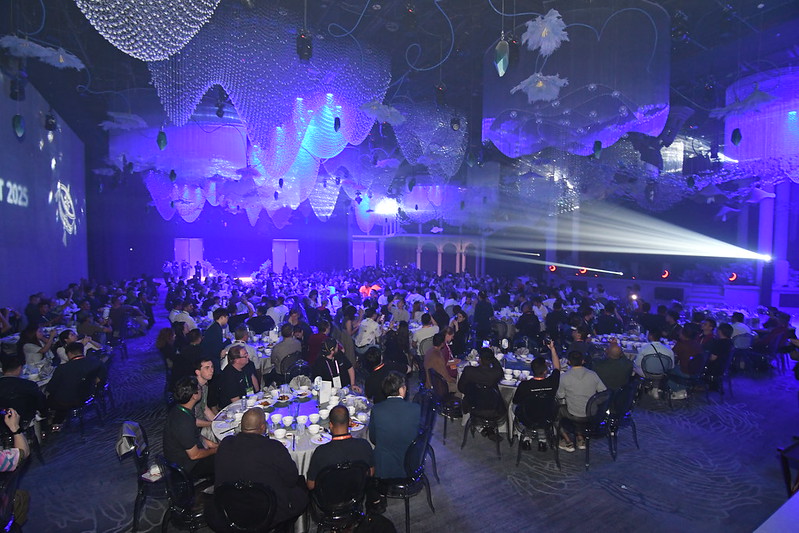
- Newcomers welcome session: A dedicated session early in the program to help first-time attendees meet each other and get oriented.
- Welcome social: A themed evening event to kick off the conference. Dress codes (if any) are usually light-hearted and optional. Social events may have a dress code. If so, it will be mentioned in the description of the event on the conference website.
- EC social: An opportunity to interact with APNIC’s EC members in a relaxed setting.
- Closing social: A celebratory event to wrap up the conference, often featuring entertainment, food, and informal networking.
Interactive program elements
- Lightning talks: Short, informal presentations (usually five minutes) on a wide range of topics. Great for hearing new ideas and community updates.
- Birds-of-a-Feather (BoF) sessions: Informal gatherings where people with a shared interest discuss topics with minimal structure. Anyone can propose or join a BoF.
Casual networking
- Meal and break times: These are excellent opportunities to meet new people. Sit with someone new, ask what sessions they’ve enjoyed, or share what brought you to the conference.
- Badge stickers: First-time attendees often have a special sticker on their badge. If you see one, feel free to introduce yourself — and if you’re wearing one, expect a warm welcome!
- Business cards and QR codes: Bring cards or set up a digital contact card or QR code to make it easy to stay in touch with people you meet.
Health support
If you feel unwell during the conference, notify the organizers or visit the registration desk.
Food and meals
APNIC provides food during scheduled breaks, lunch, and official social events. If you have specific dietary requirements, you can usually indicate them during registration. Organizers will do their best to accommodate.
Attendees should arrange their own breakfast and dinner outside of official events. Breakfast is often included with hotel accommodation, but it’s worth confirming when booking.
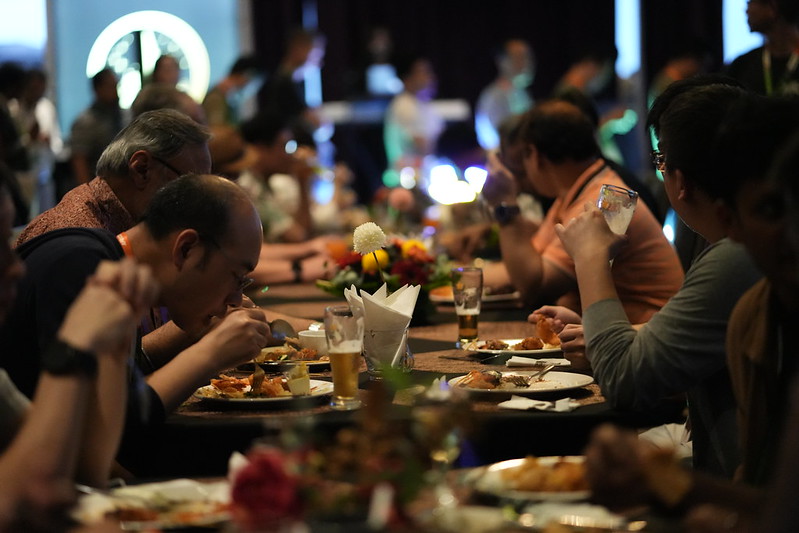
Access conference materials
You can access conference recordings, slides, and other materials available after the event. Check the conference website to revisit key presentations or catch up on sessions you missed.
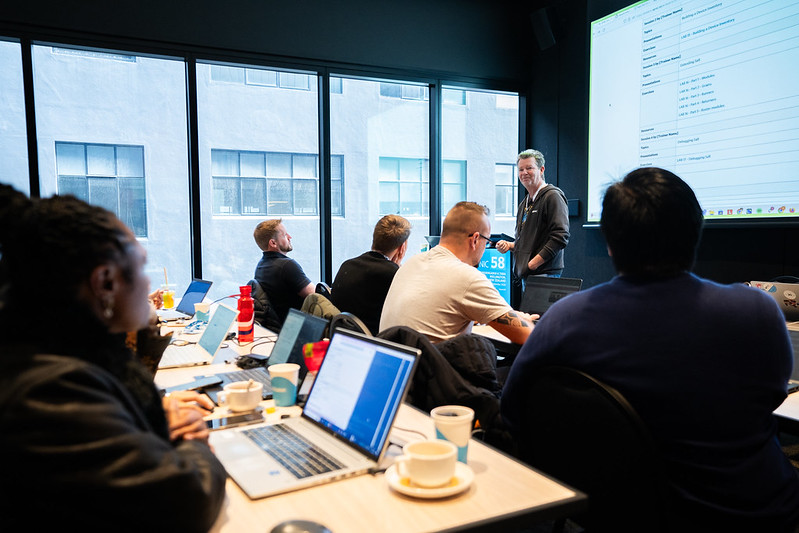
Keep the conversation going
Keep in touch with the people you met by connecting on LinkedIn or email. Many of the topics discussed during the conference are also discussed on the APNIC mailing lists. And of course, you can follow APNIC on social media for updates and community news.
Get involved
If you enjoyed the conference, consider submitting a presentation proposal for a future event, pitching an article about Internet development or operations to the APNIC Blog, participating in policy development or SIG discussions, or applying to join the fellowship program.
Share what you learned
One of the best ways to reinforce your learning and contribute to your professional community is to share your experience. Consider:
- Giving a short presentation at your workplace.
- Writing a blog post or article summarizing your key takeaways.
- Posting highlights or reflections on social media.
Provide feedback
Your input helps improve future events. Complete the post-conference survey to share what worked well and what could be better.
